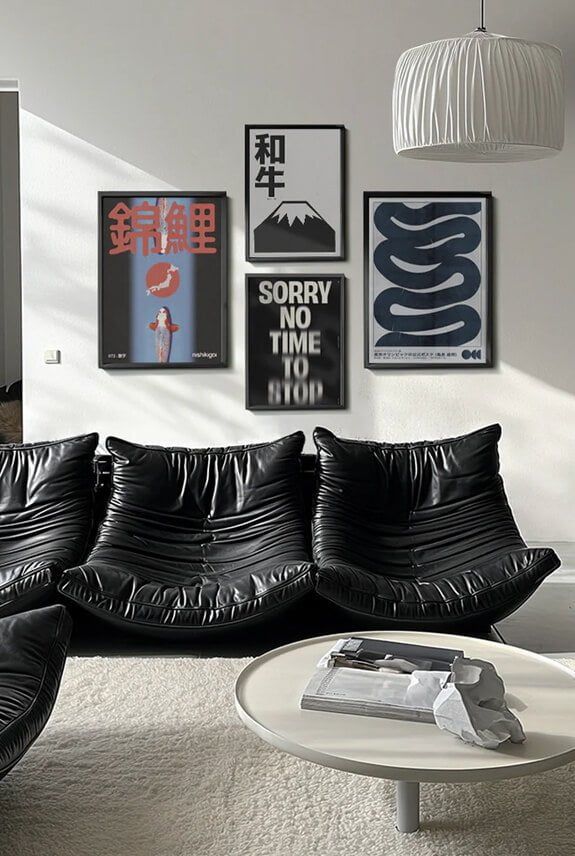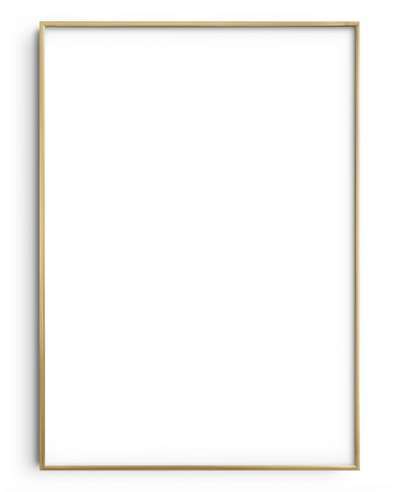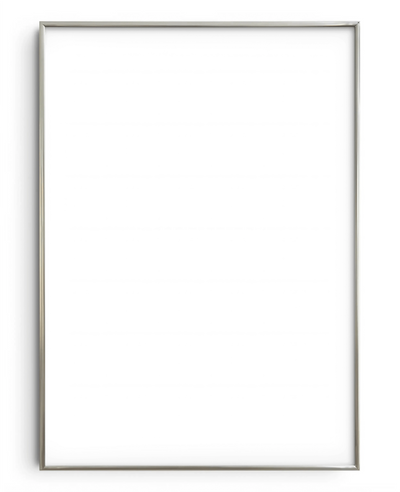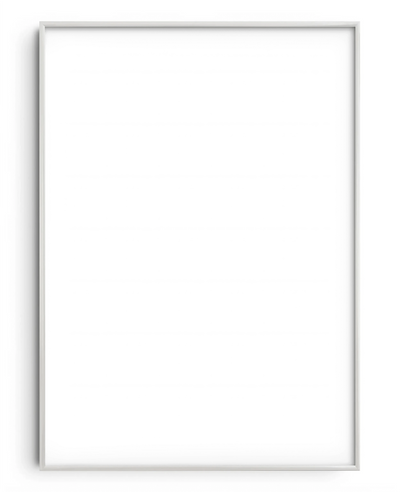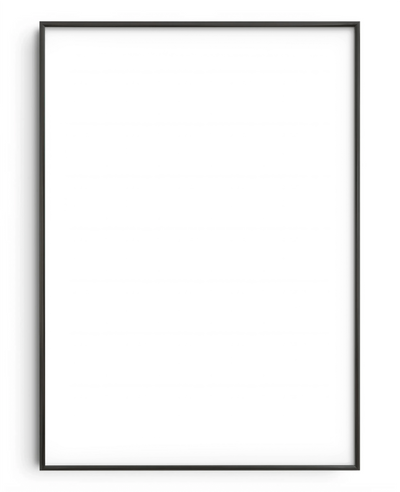The idea that art is a mere frivolity is not an uncommon one. Unfortunately, it’s a view that persists at all levels of society, from working-class people to government leaders and captains of industry. Yet, it cannot be denied that a desire to express and be heard remains foundational to the human experience. For one thing, the consumption of media is at an all-time high, showcasing a real demand for culture, even if the people who consume it don’t readily see it that way.
The reality is that art is a key part of being human, one that transcends cultures and time, defying both ignorance and tendencies to downplay its importance. Be that as it may, there are economic barriers that keep people from engaging with it as creators and appreciators.
Why Does Art Cost So Much?
At the end of the day, the people who want to create will create, even in the absence of appreciators or market logic. Those who simply want to enjoy original art, on the other hand, may face problems gaining access to the kind of art they like if they lack money or connections.
No one denies that art has value and must be paid for. Artists must enjoy a standard of living similar to that of other workers with rare and valuable skills. However, current art distribution systems do not always provide artists with what they are due. At the same time, less-advantaged art appreciators are left with significantly fewer options than wealthier counterparts. If art is part of what makes us human then, surely, such a state of affairs can be seen as dehumanising.
Reasons Why Democratising Art Makes Sense
Contrary to what some might believe, making art more affordable and accessible can benefit both artists and the wider community. A societal shift where people do not have to debate with themselves whether buying the art prints they love is worth not being able to eat or pay rent is something that we can probably get behind. Wider access to art and lower prices offers society multiple benefits:
1. Better Access Supports Emerging Artists at the Grassroots Level

Making original art more widely available and affordable directly supports emerging artists, particularly ones who are without connections with mainstream galleries and collectors. Creating more avenues for these creators to showcase their talents should increase their visibility and help them earn a living from their work. Affordable pricing, in turn, should allow budding collectors and enthusiasts to engage, creating a broader audience for these emerging voices and ensuring that art isn’t monopolised by a few elites.
2. It Challenges Artistic Elitism

The high cost of art has reinforced a longstanding situation where only the wealthy can afford to purchase and engage with fine art. Making art more affordable makes it possible to challenge this exclusivity and bring art to whoever appreciates it. This democratisation of art will necessarily challenge the long-standing idea that art—and the humanity it represents—is only for a privileged few.
3. Art Is Foundational to a Dynamic Economy

Aside from supporting artists, a more affordable art market benefits the entire economy, creating a ripple effect that supports various industries. While galleries, exhibitions, printmakers, and curators are sure to benefit, many other supporting businesses will also reap the rewards.
Take art prints as an example. When more people buy art prints, it’s not just the artists that benefit but also poster frame makers, online art stores like DROOL where art is available, speciality logistics services, and everyone else who makes delivering affordable art possible. If someone purchases art-adjacent items such as an acrylic poster frame or neon picture frames, they are supporting even more artisans and helping them participate in the wider economy. The result is a healthier, more dynamic art economy that isn’t reliant solely on the high-end market.
4. Art Access Begets Further Appreciation of the Arts

When art is more affordable and accessible, wider participation and appreciation inevitably follow. As mentioned, art is a part of being human, and putting art in more homes and other places where it could be engaged drives even more appreciation. More importantly, when people have the opportunity to experience and own art, it becomes a more significant part of their identity and understanding of the world, which brings us to what may be the most compelling reason to increase access to art.
5. It Nurtures Innovation, Creativity, and Artistic Expression throughout Wider Society
A broader base of art collectors inevitably drives innovation and experimentation, not just in art itself but also in other disciplines. Having a culture where people are encouraged to take more creative risks without being restricted by market pressures can lead to richer and more diverse outputs in the arts and other walks of life. Whether it’s through straightforward art creation or collaborative interdisciplinary projects, improving the accessibility of artworks helps nurture a positive view of new ideas and contributes to a richer cultural dialogue across societies.
Toward a Future Where Art Drives Equity and Empowerment
Making art more affordable and accessible is not just about lowering prices, it’s also about reshaping how we and the people we share our communities understand art. It’s not just about pretty pictures, films, or music but about building a more dynamic economy that values expression and innovation.
In increasing access to art, we also breed the next generation of artists and innovators, even if we do not count ourselves among that number. More accessible art markets, therefore, must be seen by everyday working people and policymakers alike as a requisite for creating a culturally rich world for everyone to inhabit.







































